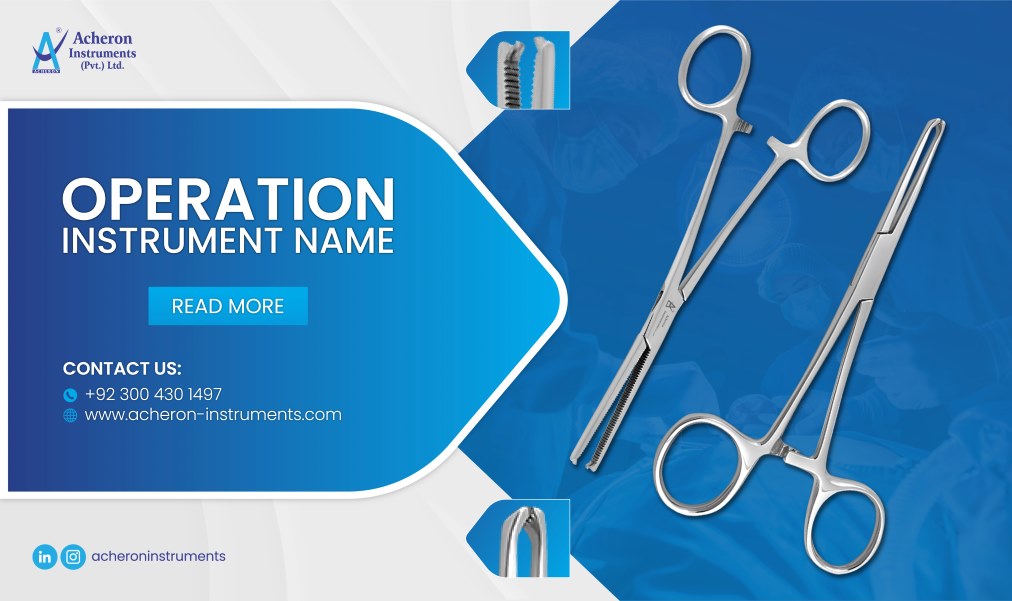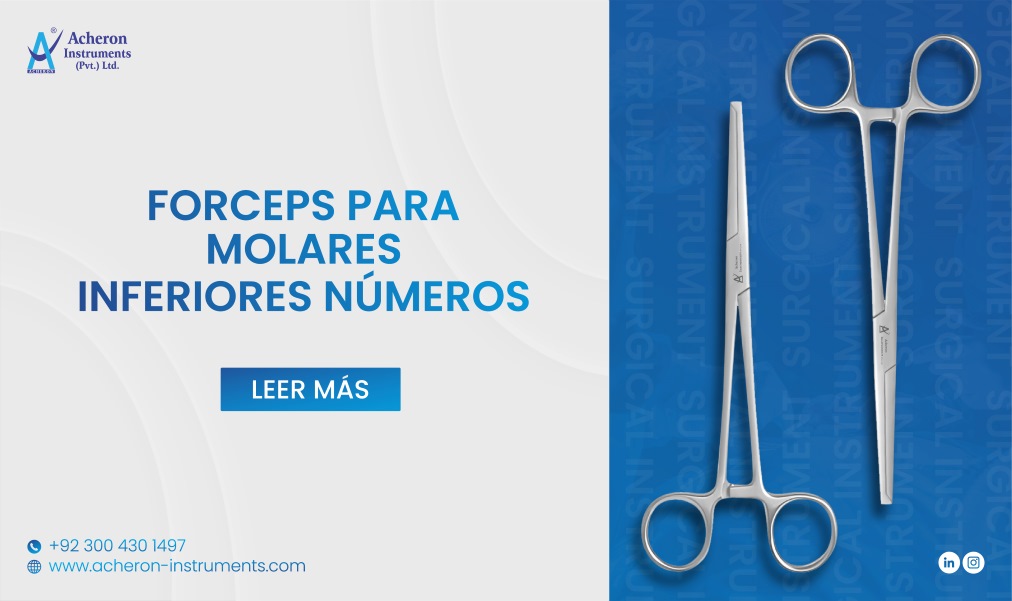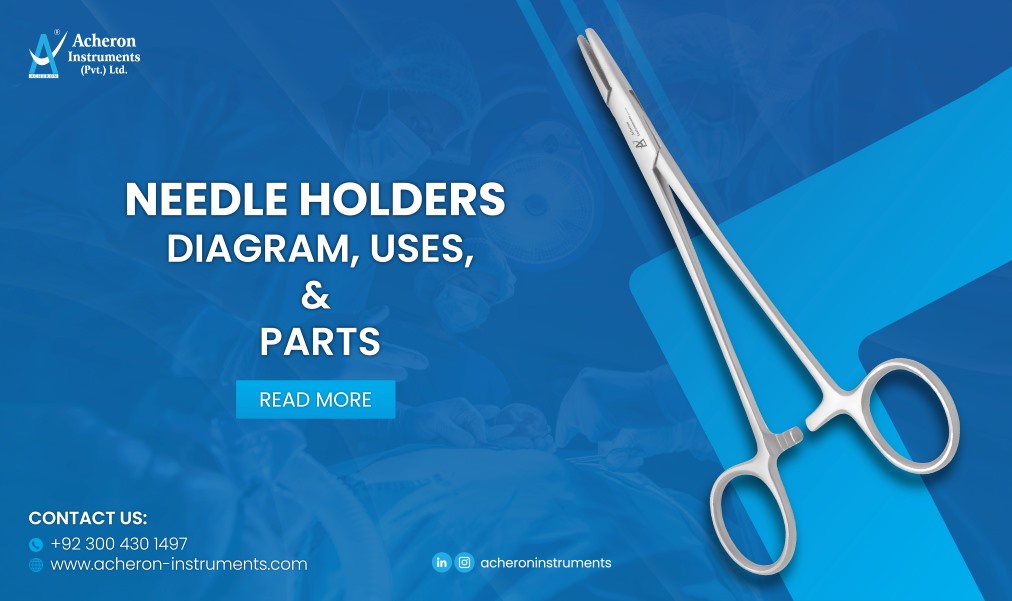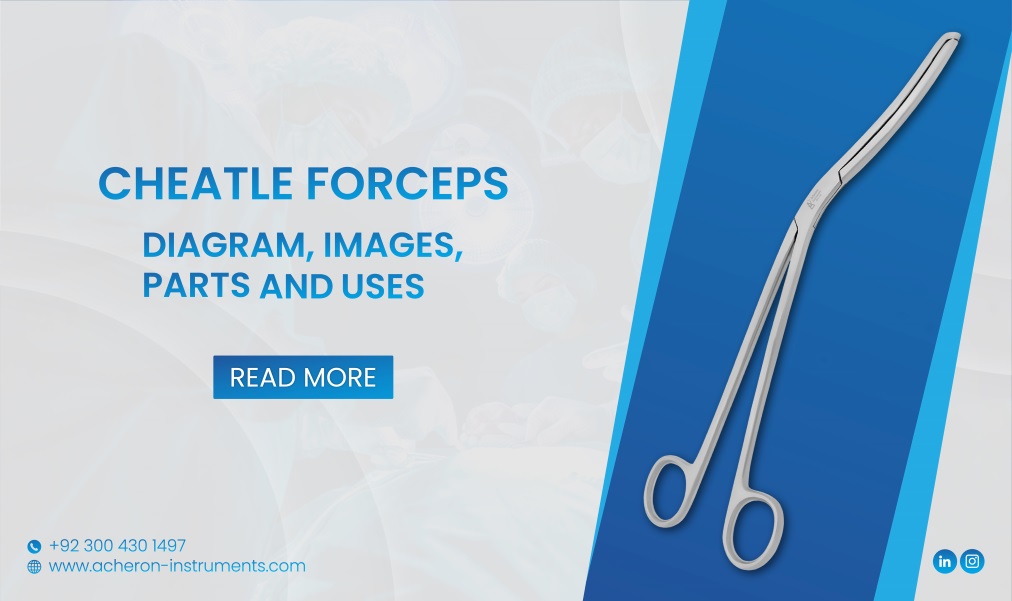Have you ever thought of where all medical equipment goes once they are used? Are they re-used Or disposed of? Any medical instrument can be considered a sharp? These questions are often overlooked but are vital to understanding to maintain the safety of your business. The first question that will arise in your mind would be-what is a sharp? In medical terms, any medical instrument can be considered sharp if it can cut or puncture the skin. Therefore, a sharp could be anything such as an injection, a needle, a syringe, a lancet, surgical wires, etc.
Sharp medical equipment plays a crucial role in the medical field. From drawing blood to performing surgeries, these sharp tools not only make the surgical task efficient but also fatigue-free for the surgeons. On one end where these sharp instruments play an essential role in multiple surgical practices, they also require adequate attention to be handled. If not handled properly, they can pose a higher risk of damage to healthcare professionals. In this blog, we will discuss the importance of such guidelines and how they ensure safety in healthcare settings. But first, let’s answer:
Can Any Medical Instrument Be Considered a Sharp?
Not all medical equipment is sharp. Sharp medical equipment is the ones that have sharp points or edges to serve their purpose. Examples include syringes, injections, needles, etc. These sharp tools are required to be used safely as they can easily hurt someone. Also, it is crucial to dispose them of properly. Examples of commonly recognized medical sharps in surgical procedures include:
Scalpels: Surgeons use this tool for incisions and precision cutting during surgical procedures. They are equipped with razor-sharp blades.
Lancets: These are disposable small-sized devices used for pricking the skin to obtain a drop of blood for diagnostic tests such as glucose monitoring.
Suture needles: Surgeons majorly use this tool to stitch wounds, suture needles are designed to penetrate tissue.
Sharp hooks: Surgeons use these hooks in multiple surgical procedures, especially during manipulating tissues
Sharp scissors: Any medical procedure is incomplete without the use of sharp scissors for their numerous benefits. These scissors are known for their precision, durability, and sharpness.
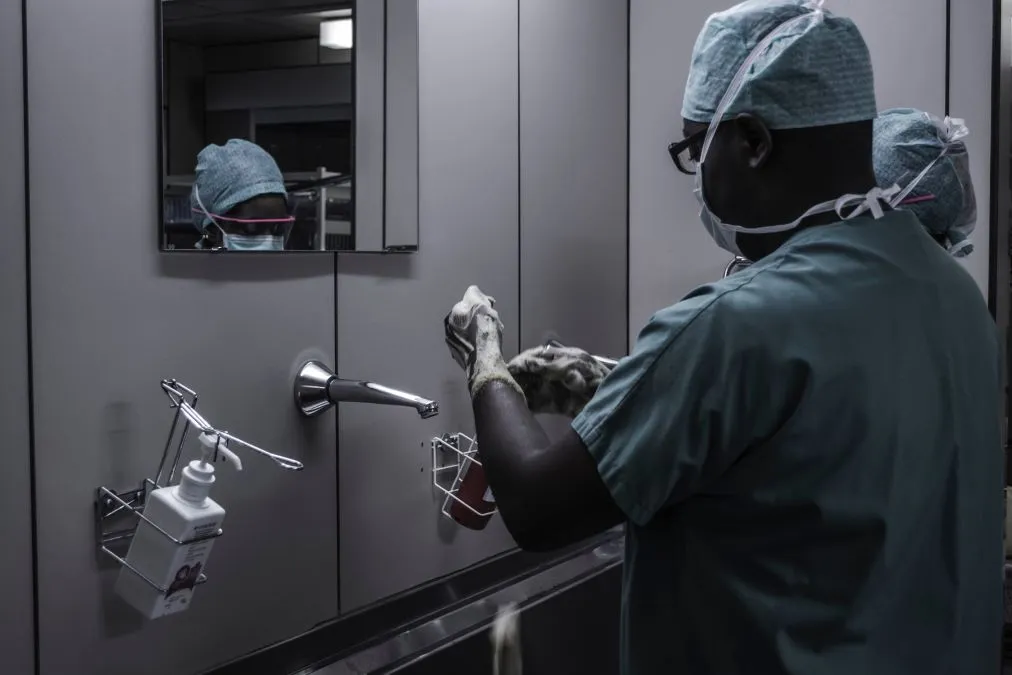
Components of a Sharp Medical Instrument Guideline
When handling sharps, it is important to practice these instructions to reduce the risk of spreading bloodborne pathogens and injuries. Don’t forget to wear your protective equipment (PPE) while handling these sharps. These include gloves, face masks, face shields, etc.
Proper disposal of used sharps
Similar to how diseases can be contagious and impact others, medical sharps can also pose a risk of infection. Improper disposal of these sharps not only increases the risk of infections but also raises the potential for needlestick injuries and harm to individuals upon exposure.
When blood or any other fluid is remaining on the sharp medical tool, it is obvious that any infectious matter must be present on it. These contaminated sharps pose health hazards including hepatitis C virus (HCV), human immunodeficiency virus (HIV), and hepatitis B virus (HBV). These bloodborne illnesses are frequently spread via injuries caused by sharps. These sharp tools must be disposed of properly as they are usually considered biohazard waste.
Some of the diseases caused by these contagious sharps can be fatal and must be prevented at all costs through appropriate disposal and effective waste management.
Use sharp disposal containers
The used sharps should be held in designated containers that are mentioned in the OSHA requirements. These containers are usually made of hard plastic material with a tight lid. These containers should also be leakproof and puncture-resistant. However, as the sharps are considered a biohazard substance, it’s better to not mix them with the regular trash. The containers must have a biohazard or any other specific label. Additionally, make sure that these sharps are stored in an upward direction to avoid spills and are tightly packed. Also, it is crucial to make sure that everyone engaged in the usage, collection, transportation, and disposal of sharps is fully informed about the container's contents.
Breaking or making changes in contaminated sharps
it is highly forbidden to break or make any attempt to recap or bend these sharps unless it’s necessary. This is because doing so can lead to accidental injuries, including needlestick incidents. If you have to make changes in the sharps and there is no alternative, then you need to follow OSHA safety guidelines. These include one-handed recapping techniques along with many others.
Careful handling of containers
You need to regularly replace sharps containers to prevent them from becoming overfilled. Also, be cautious while handling the containers to avoid any spills. The entire container should be enclosed in a secondary container if there is a doubt of any leakage for added safety.
Official wastage regulations for the disposal of sharps
There are different rules and regulations for disposing of sharps in various regions of the world. For instance, some countries classify sharps waste as a biohazard, prohibiting its disposal in regular household trash.
Conversely, in other areas, sharps are categorized as regular household waste and can be placed in standard plastic containers with lids. So, this greatly depends on the area or the country you reside in and should be followed likewise.
However, one thing is common these sharps are required to be handled with extreme care and disposed of adequately. Even the slightest contact could be fatal as they have bloodborne pathogens that could be very dangerous.
Biohazard bags
Biohazard bags play a vital role in both laboratory and hospital settings for the management of medical waste, a routine task. Healthcare professionals, including nurses, doctors, and lab technicians, rely on these specialized bags to safely handle medical waste and transport various medical materials. In addition to waste disposal, specimen bags are indispensable tools used in hospitals and laboratories for sample transportation, examination, and documentation. They are frequently used to convey specimens to diagnostic laboratories, where samples are collected and subjected to various testing procedures.
Moreover, these biohazard bags are used to carry multiple medical wastes like blood, swabs, bandages, body fluids, contaminated waste materials, and radioactive wastage materials that can pose significant risks to both human health and the environment.
Medical waste can come in various forms, such as solids or liquids. Consequently, biohazard bags must be constructed with added thickness and robustness to prevent any potential leakage or contamination.
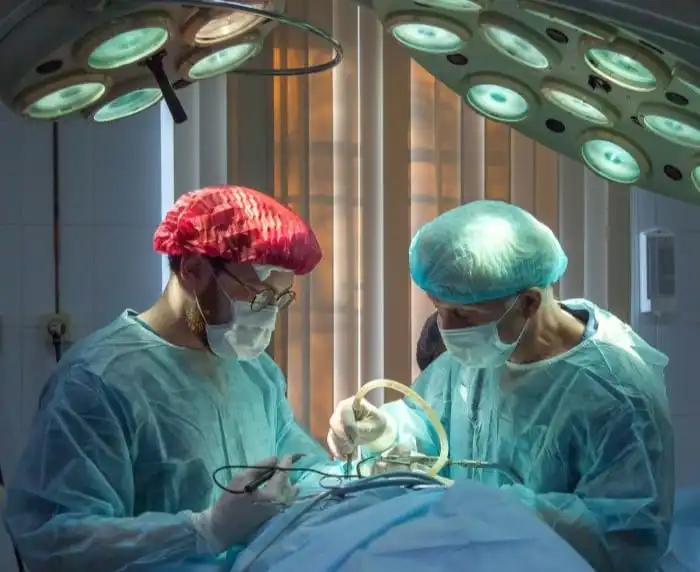
What steps to take in case of accidental exposure
In case of sharps injuries, immediate action is crucial. Remember the following steps:
- Address the exposure site without delay.
- Clean the needlestick or cut by washing it with soap and water.
- To reduce bleeding, apply pressure to the lacerations
- If the injury involves mucous membranes, flush them with water.
That’s not it. You need to seek further medical treatment after you have provided immediate care.
- Your healthcare provider will assist in evaluating the risk related to the exposure.
- You might be required to fill out an incident report. This will aid in assessing the infection risk and preventing future occurrences.
Conclusion
When it comes to the essentials of a medical room toolkit, sharp medical equipment takes up most of the space. The significance of these important tools cannot be denied. They make medical practices much easier and smoother for the medical practitioners. However, these sharp tools should be handled with utmost care and should be disposed of appropriately once used.
Moreover, Medical professionals must be trained to recognize and handle sharps appropriately to ensure the safety of both patients and themselves. It's also recommended to maintain a clear distinction between sharps and non-sharp instruments to minimize risks and provide maximum patient care in the healthcare setting. If you are looking for sharp medical equipment, look no further!
Acheron Instruments provides high-grade German stainless steel material surgical instruments at the most competitive prices. We have an extensive range of sharp medical tools including sharp prong retractors, sharp scissors sharp hooks, etc. to accommodate healthcare workers in multiple settings. Further more you can buy surgical instruments online.
FAQ related to Any medical instrument can be considered a sharp
What distinguishes medical equipment as sharp?
Any tool that can cause a puncture or cut, if mishandled, is considered sharp. The defining characteristic of a sharp is its potential to cut skin or puncture.
What kind of sharp medical instruments does Acheron Instruments offer?
We offer a wide range of sharp medical equipment including sharp scissors, sharp prong retractors, sharp needles, scalpels, suture needles, etc.
Is there anything patients should be aware of regarding sharps in healthcare settings?
Patients should be careful about the proper disposal of used sharps. They should also inform healthcare providers if they observe any lapses in sharps safety protocols during their care.
How can I order at Acheron Instruments for medical equipment?
You can contact us via email or the contact number given on our website. Our representative will assist you in the best way possible.


